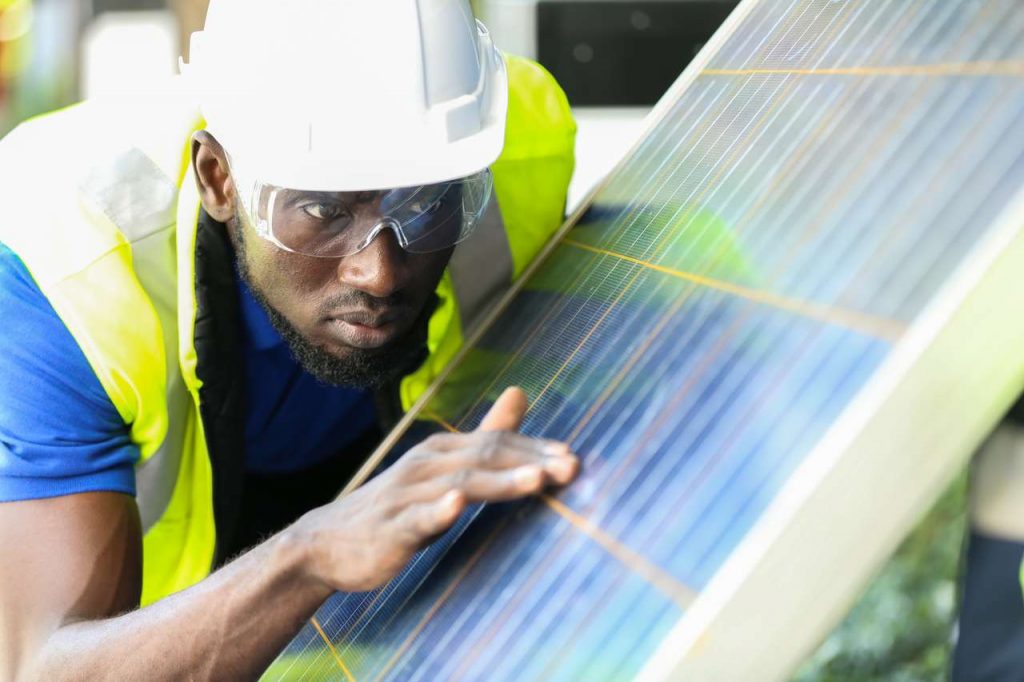How would “getting the most” be defined for your solar power system?
A worthy objective is to make the smallest possible investment to produce your electrical consumption needs over a solar system’s life.
We are usually limited to working with what we own. Yes, we could fantasize about buying the perfect property with a 100 Sun NumberTM. Dream on…
Property location, sunshine and weather are set. Space for panels on the roof, structures or the ground is fixed.
The first key to getting the most out of your investment is to review power consumption, habits and equipment. Replace AC units, appliances, lights or pumps which are old and inefficient.
Reduce losses due to poor insulation, windows or air-tightness. Don’t use discretionary electricity during peak power times. Once you’ve invested in those projects which give better return on your dinero than solar, then, and only then, invest in solar.
A second way for getting the most is to consider a smaller solar system. A smaller system is a more efficient system and therefore a better investment.
Why you ask?
Because fewer panels mean less competition for the best space on your property. The highest power production will come from south-facing solar panels, with no shading, sunrise to sunset.
This prime location is limited on most any property. Hence a larger solar system will most often have a higher proportion of the panels on a roof with less attractive exposure to the sun.
NB – I cringe when seeing solar panels installed flat on a north-facing roof – not a good investment. Consider new south-facing structures or ground installations instead or forego more panels. The one exception is using reverse tilt racking which points panels to the south on a north-facing roof. Very few contractors offer these, and I only recommended them on a back roof, as they do not result in the most attractive-looking array. They are more susceptible to damage in a wind storm.
A third way for getting the most is to look at higher efficiency panels on a south roof before installing east or west-facing panels. This is an economic decision that could lead to better returns, depending on the price of the higher efficiency panels.
A fourth way for getting the most is to keep panels clean and trim vegetation that could shadow the array. Regular maintenance can be performed by the property owner or during monthly landscaping work.
“Getting the most” also needs to consider temperature and age. Solar panels put out less power as the temperature rises. A “good” 400-watt panel in Phoenix at 115 F may produce 15 watts less than an “excellent” 400-watt panel, and this adds up over 25+ years! As a fifth way, look at the price versus lifetime power production by investing in a better-performing panel.
All solar panels lose power as they age. Called degradation, a “good” 400-watt panel may produce 30 watts less than an “excellent” 400-watt panel after 25 years. This is the sixth and final possibility to consider by investing in quality where it makes economic sense to improve power production.
We are not able to change our location or the weather. But our decisions and investments can impact power consumption and required solar system size.
Considering consumption, efficiency, design, equipment, price, and location combined for “getting the most” out of your solar power system.







